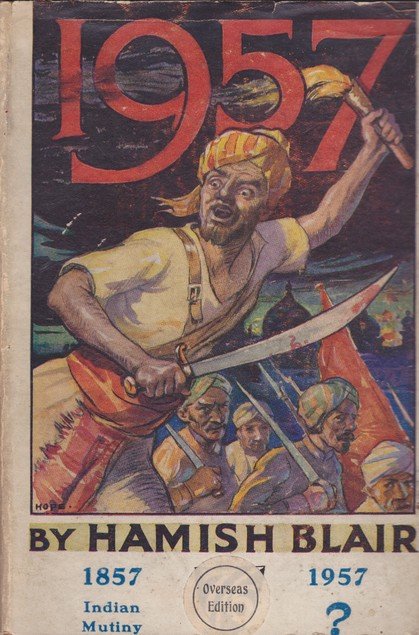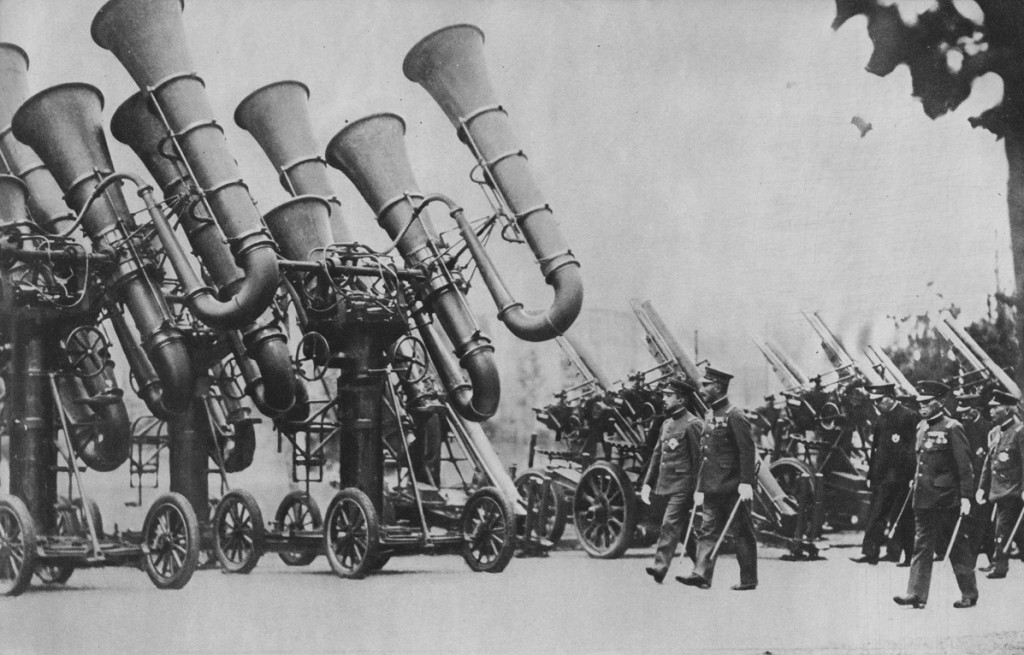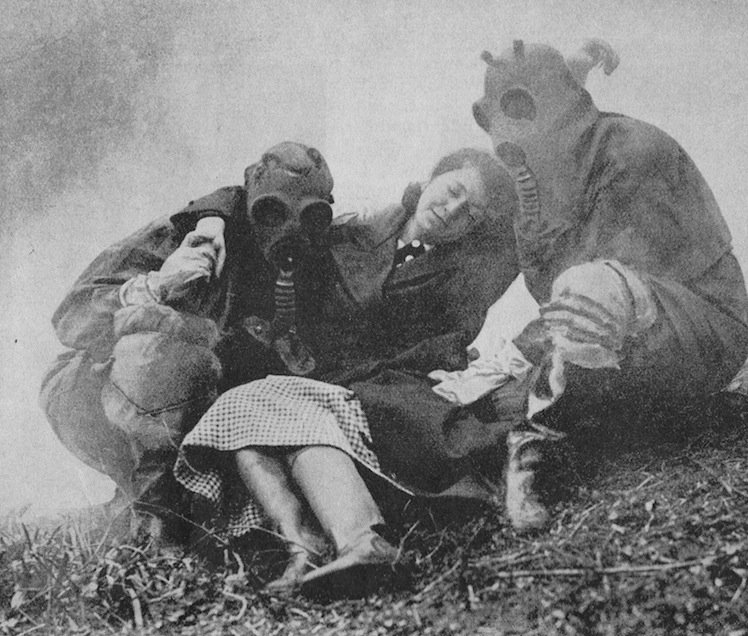The Israeli rocket scare of 1963
[Cross-posted at Society for Military History Blog.] I learned something new from an article in the March 2013 issue of History Today: Exactly half a century ago, in the spring of 1963, Israel was suddenly gripped by a curious mass panic. Sensational newspaper reports and radio announcements claimed that the country was threatened by enemy […]







